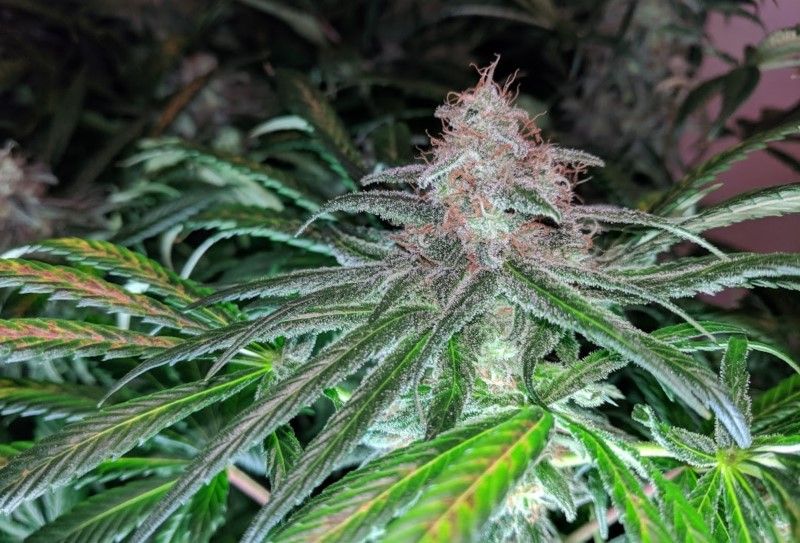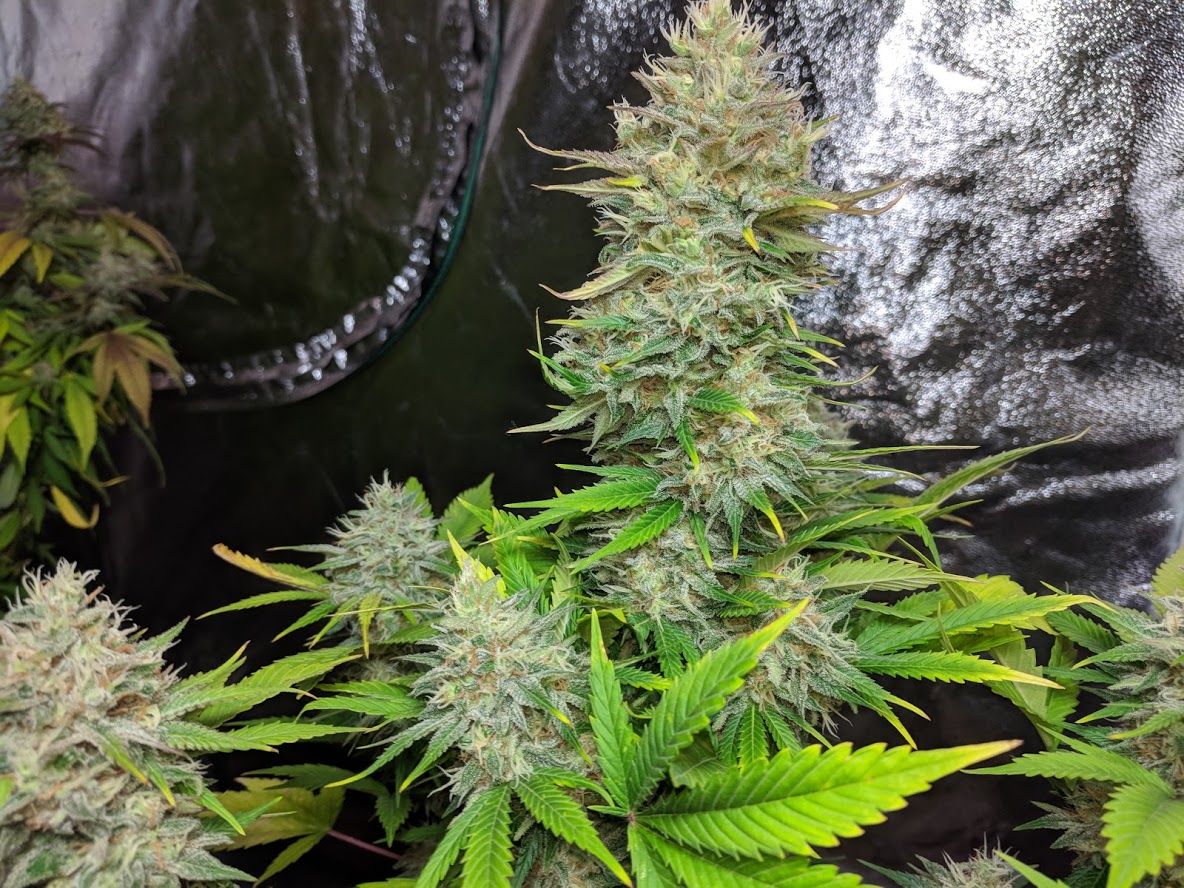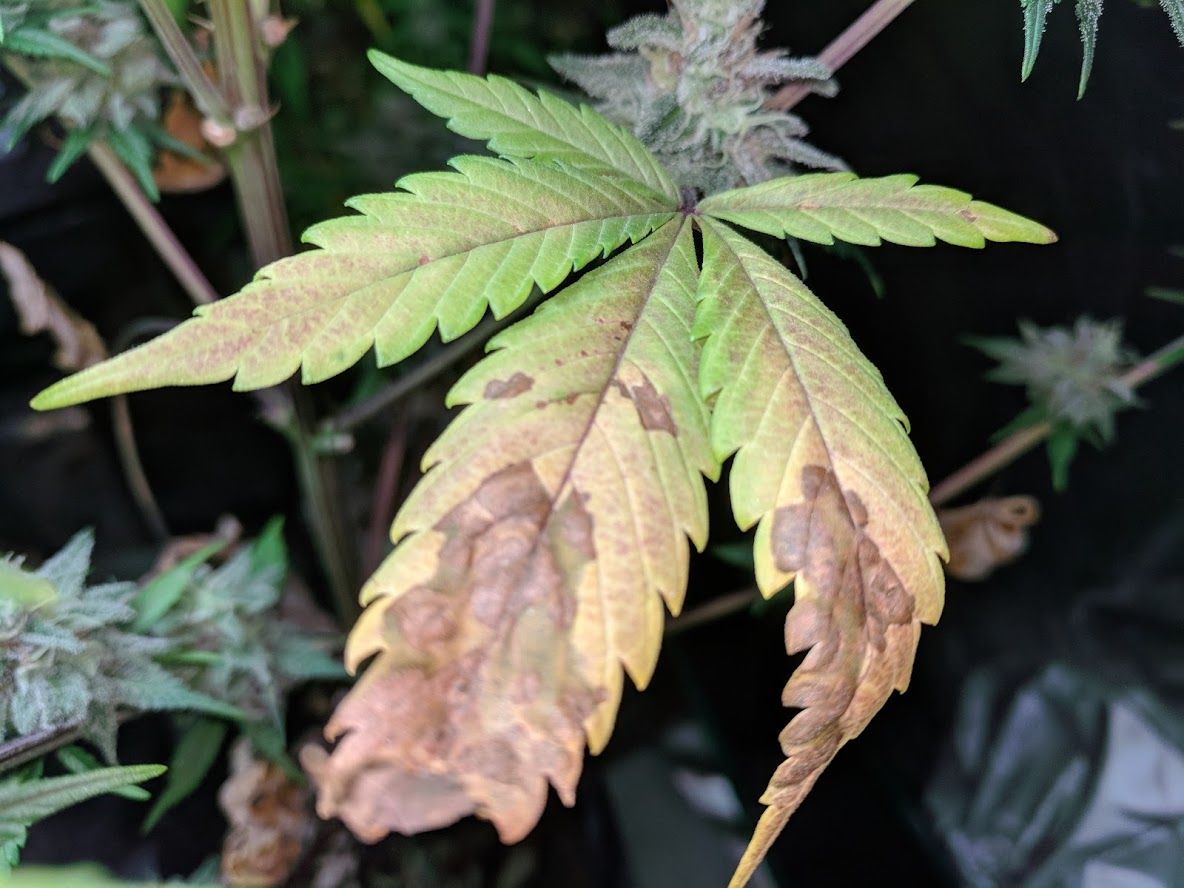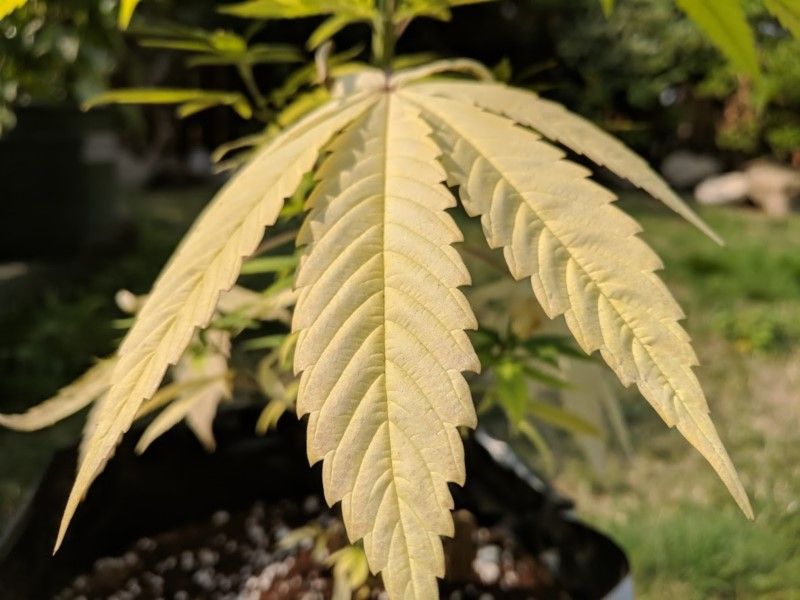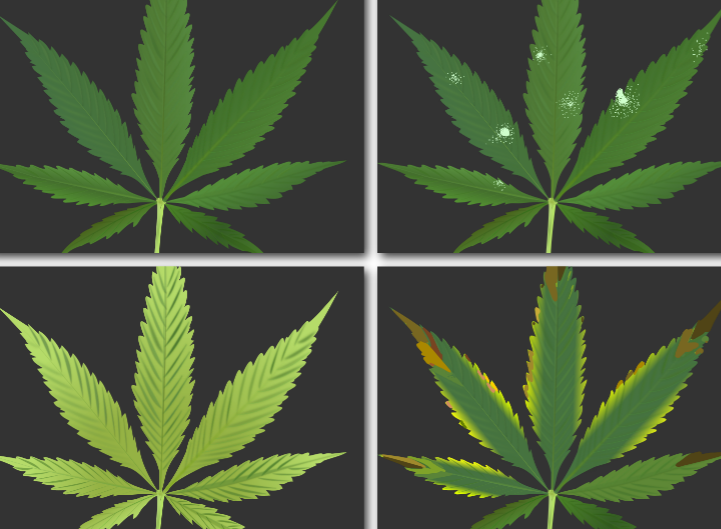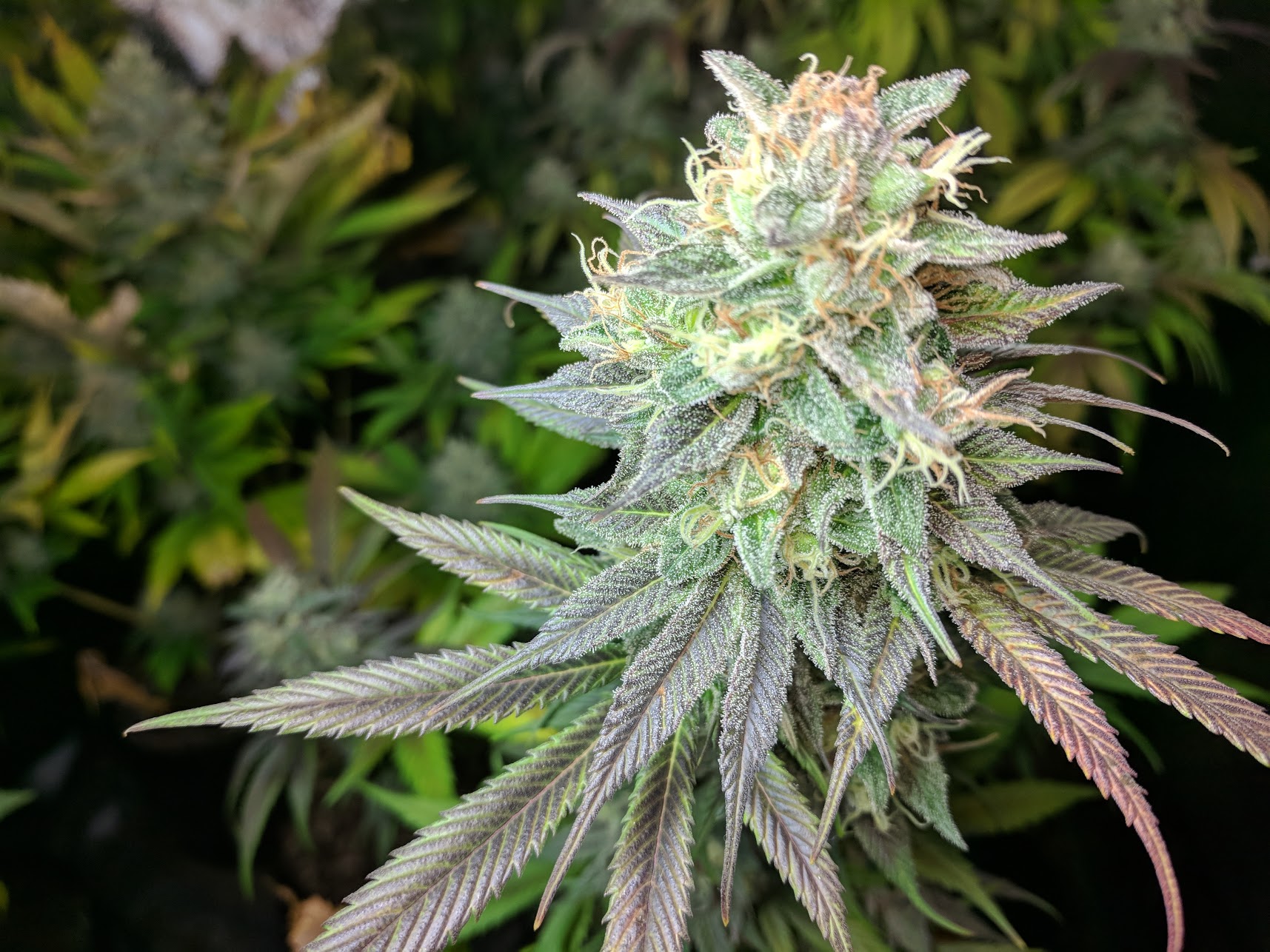Potassium is a basic element, and just like nitrogen and phosphorous, it is a critical component in almost every growth function in your plant. Potassium is the K in NPK and the plant absorbs it from the growing medium through the roots. There are a few simple rules to make sure your plant gets the right amount of potassium:
- Potassium needs to be available in the growing medium in a form that cannabis can consume
- The plant’s roots need to be healthy enough to uptake available potassium
- The pH near the roots needs to be in the right range for cannabis to uptake the potassium.
Why do cannabis plants need potassium?
Cannabis is like all living things and requires potassium for normal growth and maturity. It is an important player in photosynthesis and in the regulation of plants responses to light through opening and closing of stomata. Potassium is also a crucial component for many other vital processes such as water and nutrient transportation, protein, and starch synthesis.
How do I diagnose potassium deficiency in cannabis?
The easiest way to tell if your plant has healthy levels of potassium is to look at the older fan leaves at the bottom of the plant. Look for leaves that are turning yellow along the edges and at the tips. As the problem progresses, the tips and edges can look burned.
Normal Potassium Levels
Low Potassium Levels
Depleted Potassium Levels
What causes yellow and burned edges of cannabis leaves?
Cannabis leaves in healthy vegetative growth have green leaves due to high levels of green chlorophyll, which is used in photosynthesis to generate energy for the plant’s growth. If there isn’t enough potassium, the plant struggles to create enough chlorophyll. To optimize resources, pot plants will reroute potassium from older leaves at the bottom in favor of supplying the growth tips.

Flowering plants need increased levels of potassium in flower production. If it doesn’t have enough, it will begin diverting potassium from even the new growth leaves near the buds.

Is there potassium in the medium?
The easiest way to get potassium into the growing medium at the correct level is to use a balanced nutrients set. Using fertilizers and nutrients put all the required elements into the growing medium, so if you are using a nutrient system designed for cannabis, there is probably plenty of potassium available.
Are the plant’s roots healthy?
Root health is critical for the uptake of water and nutrients. If a plant is too big for its container, the plant can become root-bound. When this happens, the roots grow inward and can strangle themselves, slowing the plants nutrient uptake. Other root issues, like root-rot, will also impact the plants nutrient uptake.
Is the pH Balanced?
PH is short for ‘potential Hydrogen’ but is most often used to describe the acidity or alkalinity of a substance. This is important when growing cannabis because nutrients are not available for uptake by the plant outside fairly narrow pH ranges. Cannabis plants in soil do best between 6 and 7 while cannabis plants in coco or other soilless mediums do best between 5.5 and 6.5.
If the pH is too high or too low, then the nutrients aren’t available for the plant to uptake. This is called nutrient lockout because no matter how many nutrients you provide, the plant still can’t use them. This is a very common problem for farmers and the best way to combat it is to test the pH at every watering.

How do I correct potassium deficiency?
In most cases, you don’t need to worry about a few leaves on the bottom going yellow or getting splotches during vegetative growth. If you are seeing it in new growth during flowering, you should address the problem quickly, since cannabis needs increased amounts of potassium during flowering.
How do I check the pH?
There are two methods for checking the pH at the plant’s roots. The most common method is to water the plant until there is a runoff and then check the pH of the runoff water using a hand-held pH meter. If the pH that comes out is higher or lower than what you put in, then you know that it is unbalanced.
The second method uses a soil pH meter. These unit have probes that allow them to test the soil near the roots after a watering.
How do I balance the pH?
To balance the pH, flush with water until the runoff is in an acceptable range. After the pH near the roots is at the right level, follow up with a hearty dose of nutrients and the problem should be solved.
To correct a deficiency, aim for a pH of around 7 in the soil, or 6.5 in coco, to get the most potassium uptake. If you notice the yellowing continuing, you likely have a root condition. he pot is too small, transplant into a larger container.
If your plant’s roots are healthy and you’re using a balanced nutrient solution, you should check the pH of the soil. In most cases, balancing the pH and performing a feeding should prevent further problems.
